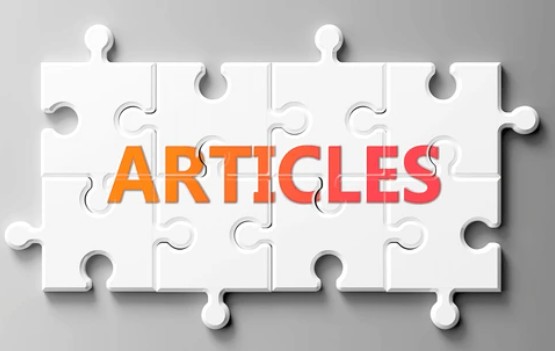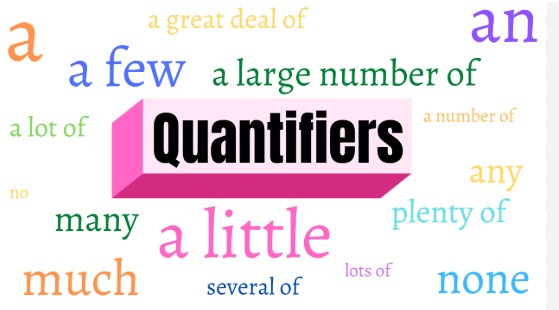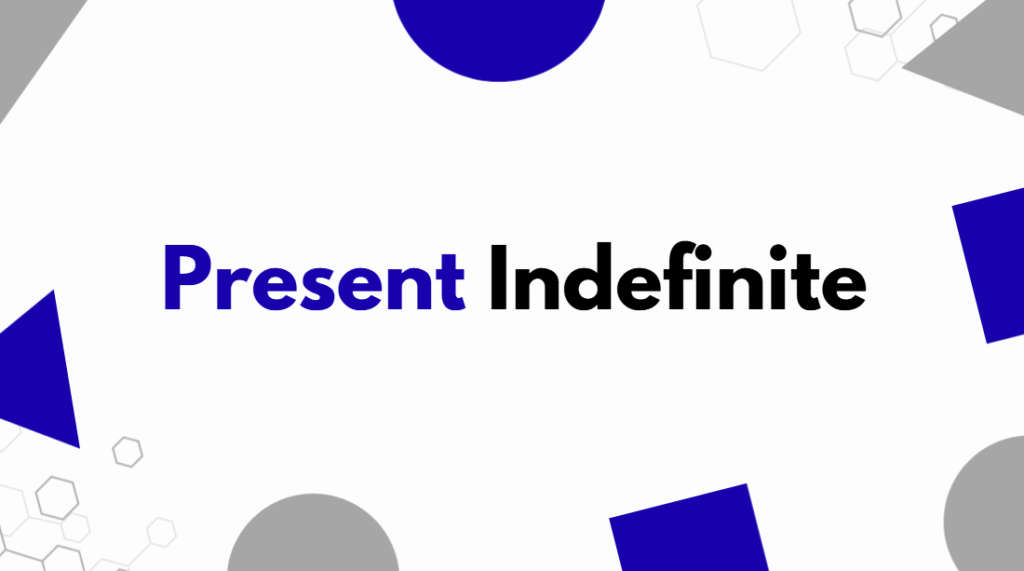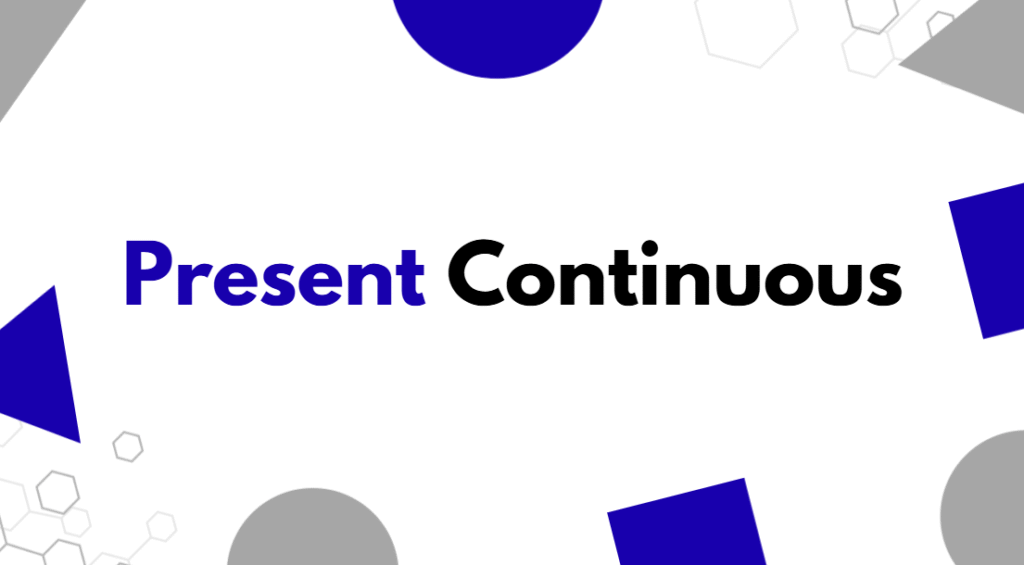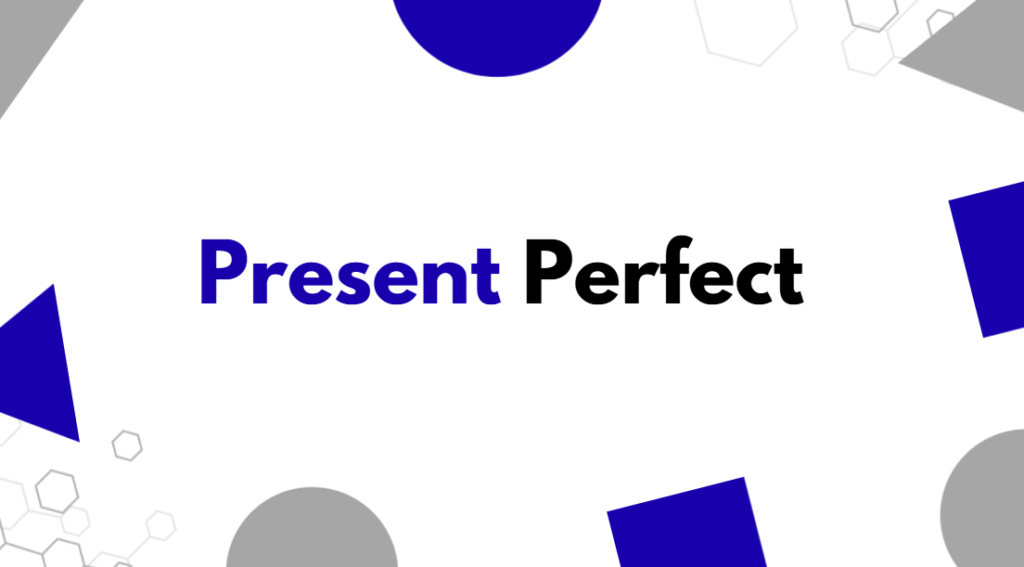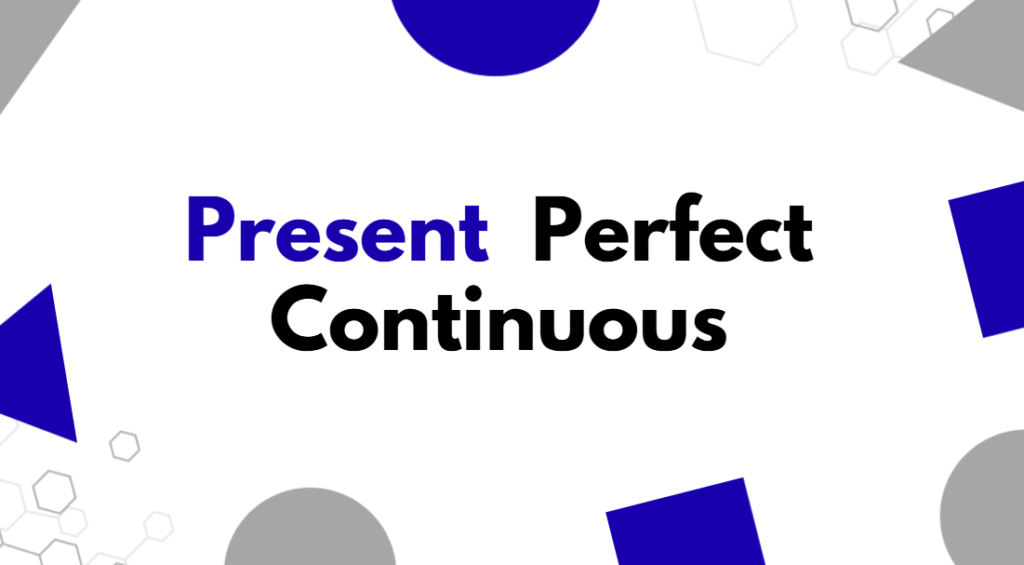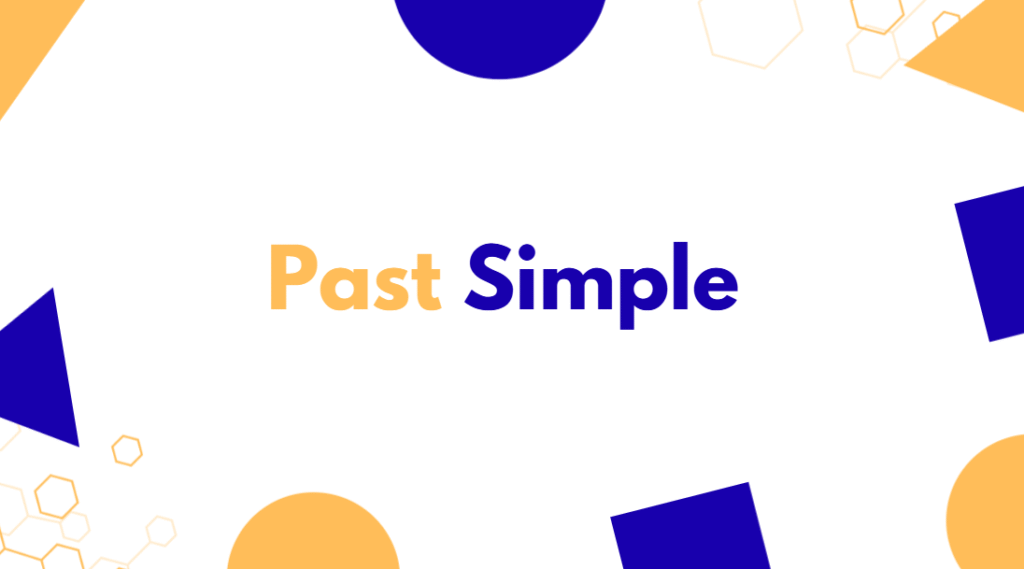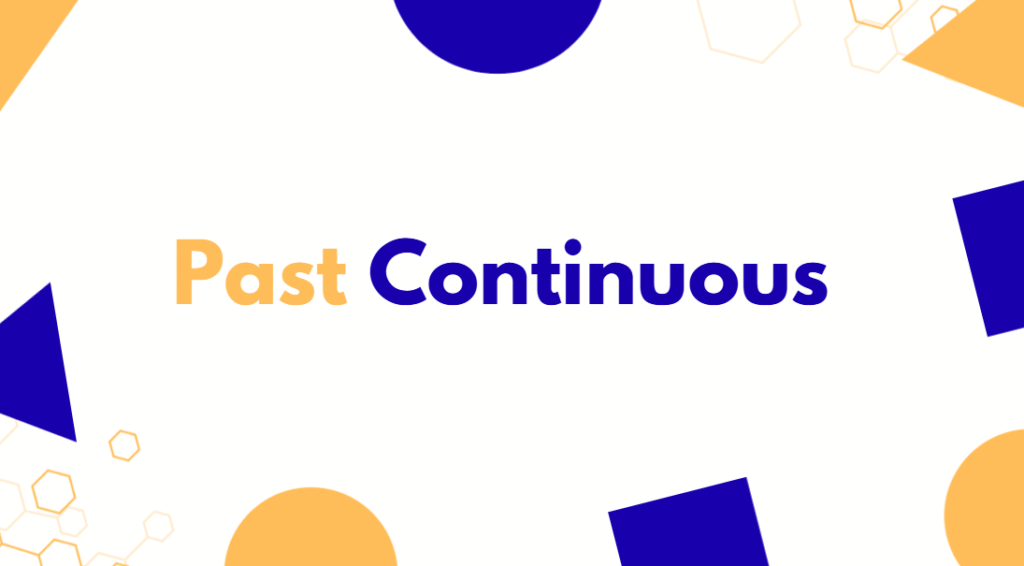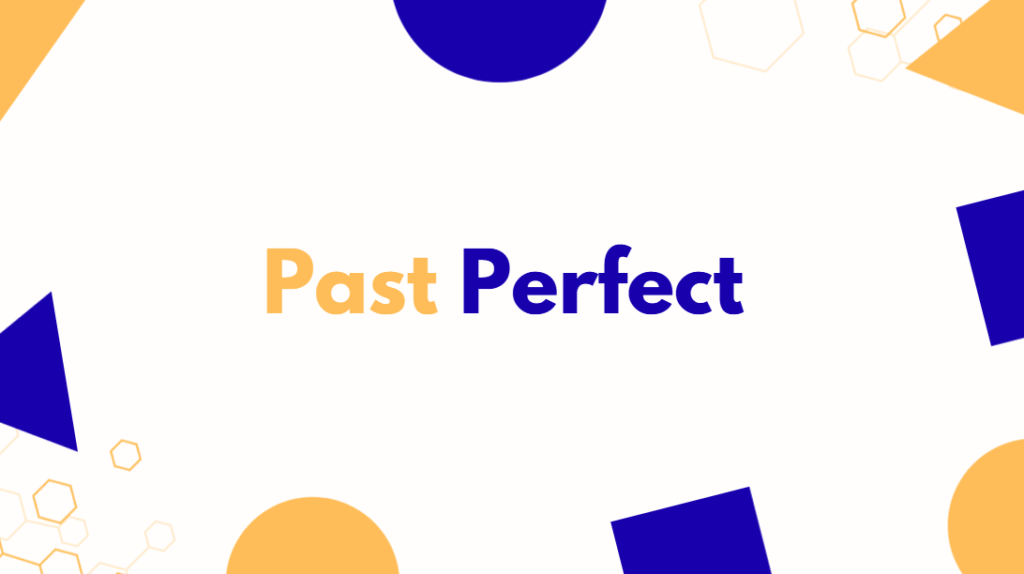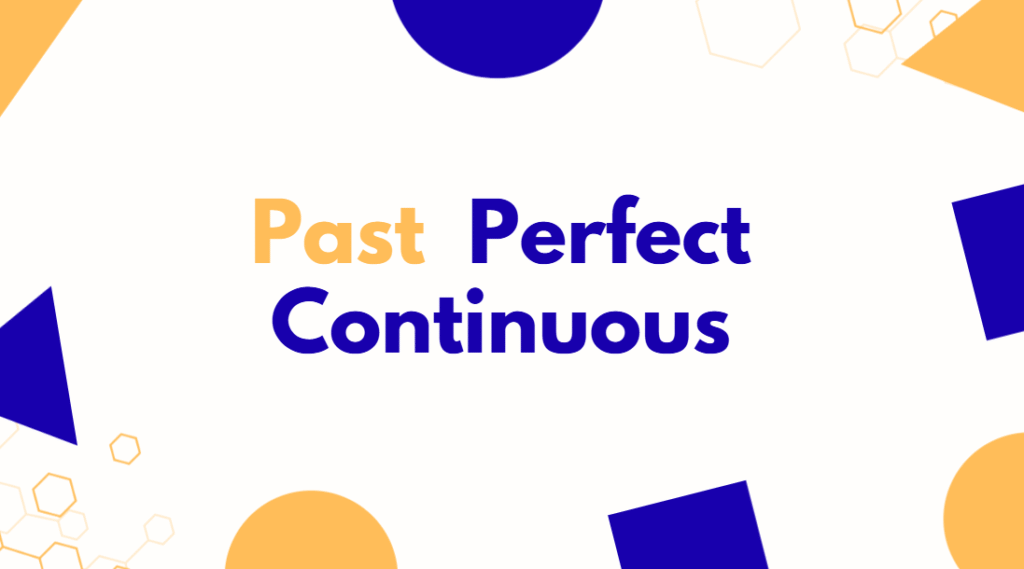Articles
Articles Definition An Article is a word placed before a noun to indicate whether it refers to something specific or general. Articles are essential in English grammar as they define the definiteness of a noun. I saw a dog in the street. (Any dog — not specific) I saw the dog that chased me. (A […]

